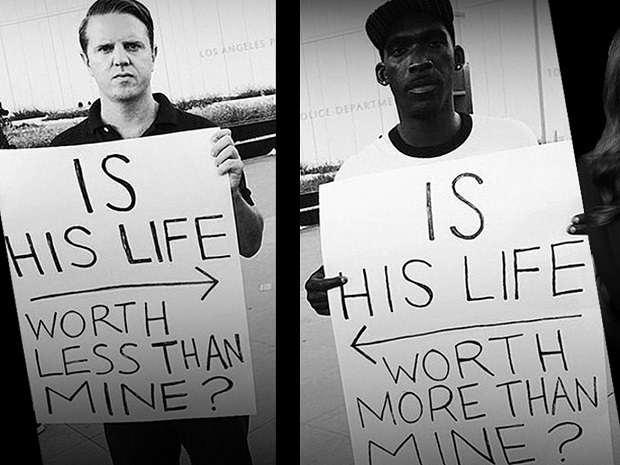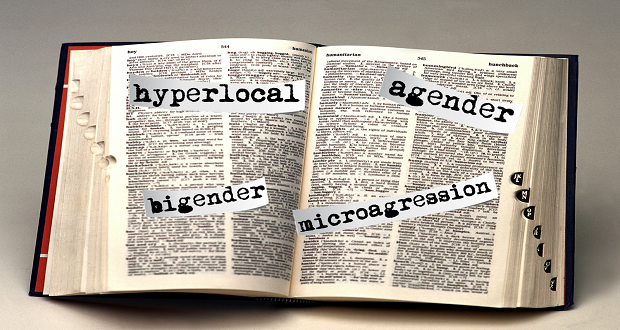
Last week, we began a series on Intent vs. Impact. In this series, we explore “teachable moments” where ones’ intentions may not/did not match the impact they had.
In light of this week’s tragic events, I would like to revisit some of the discourse around Black Lives vs. All Lives Matter. To some, this may seem like a “given.” To others, not so much. And even though the movement has been around for 3 years now, there still seems to be a lack of and misunderstanding around what people really mean when they proclaim, “Black Lives Matter.” At first I noticed most of the dissention around BLM vs. ALM in news article comments, then it was Facebook statuses, but now it’s even made its way to LinkedIn. I think such conversations are relevant – and not just on social media, but in the workplace, too.
Let’s discuss…
On Intent…
Black Lives Matter: Black Lives Matter was created in response to the murder of Trayvon Martin and subsequent acquittal of his murderer, George Zimmerman. It was a means to reaffirm the humanity of black life amidst problematic discourse and systemic/institutional forms of racism that ultimately perpetuated the message that black life did not matter. When we look at racial disparities in criminal justice, poverty, education, for example, one could posit that black lives don’t matter. “Black Lives Matter” exists to combat that.
Somewhere, somehow, “Black Lives Matter” was inferred as meaning “Only Black Lives Matter.” We can assume that White people began to feel “excluded,” and police officers began to feel “attacked.” And rather than validating the experiences of people of color and reflecting on how their “blind spots,” may be impacting their ability to understand the role they should play in re-affirming the value in Black Lives, in came “All Lives Matter” and its cousin “Blue Lives Matter.”
I gather, the intent of “All Lives Matter” was to be “inclusive” and reaffirm that everyone, no matter their race, matters. Perhaps, the intent of “Blue Lives Matter,” was to reaffirm that “not all cops are bad,” that most of them are “heroes who protect and serve.” I know, however, the impact they both have is far from.
On Impact…
Rather than fostering a sense of solidarity and unity, reactive affirmations, like All Lives Matter and Blue Lives Matter, in the presence of data that supports patterns and systemic flaws in our criminal justice system, silences and invalidates the experiences of people of color. They essentially reiterate the very notion that BLM seeks to nullify—that Black Lives don’t matter.
If we look at these through the lens of the Intercultural Development Continuum, we could draw parallels between “All Lives Matter, Blue Lives Matter,” and some of the monocultural mindsets—specifically polarization & minimization.
Polarization: A judgmental orientation that views cultural differences in terms of “us” and “them”. This can take the form of:
- Defense: An uncritical view toward one’s own cultural values and practices and an overly critical view toward other cultural values and practices.
- Reversal: An overly critical orientation toward one’s own cultural values and practices and an uncritical view toward other cultural values and practices.
Minimization: An orientation that highlights cultural commonality and universal values and principles that may also mask deeper recognition and appreciation of cultural differences.
Polarization (Defense) in the context of these conversations may sound like: “Blue Lives Matter!” “What about black on black crime?” Likewise, arguments grounded in polarization may also suggest that the plight of black America is rooted in its own cultural flaws, rather than forms of systemic discrimination.
Minimization can be found in the proclamations that “All Lives Matter.” Though it may seek to create this utopic sense of reality that all lives should matter, it neglects to acknowledge that the experiences of black and brown people suggest otherwise.
At the end of the day, I think we can all agree that All lives will never matter, if black lives don’t.


















